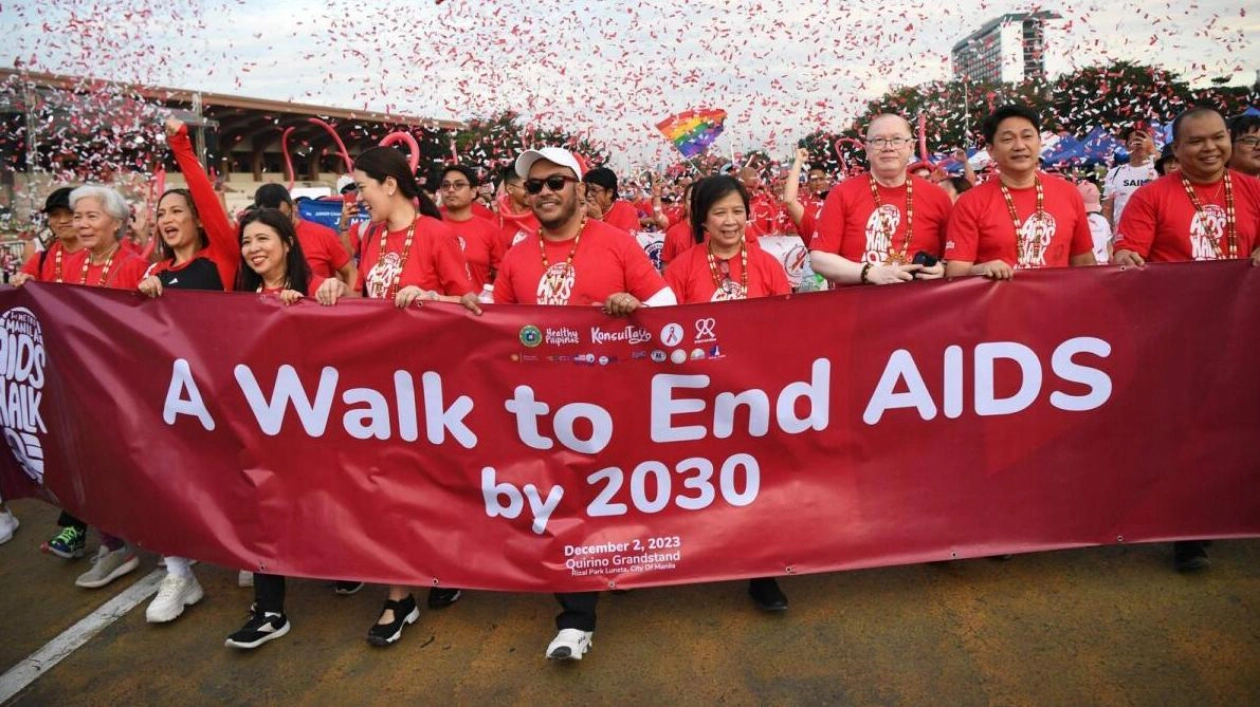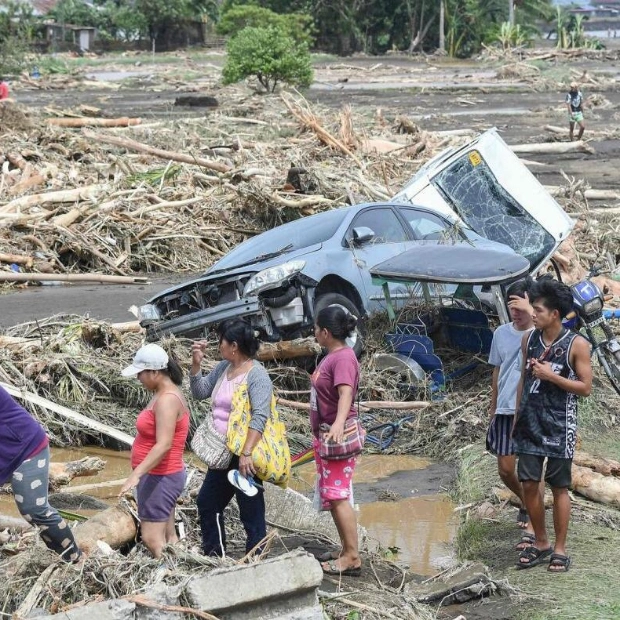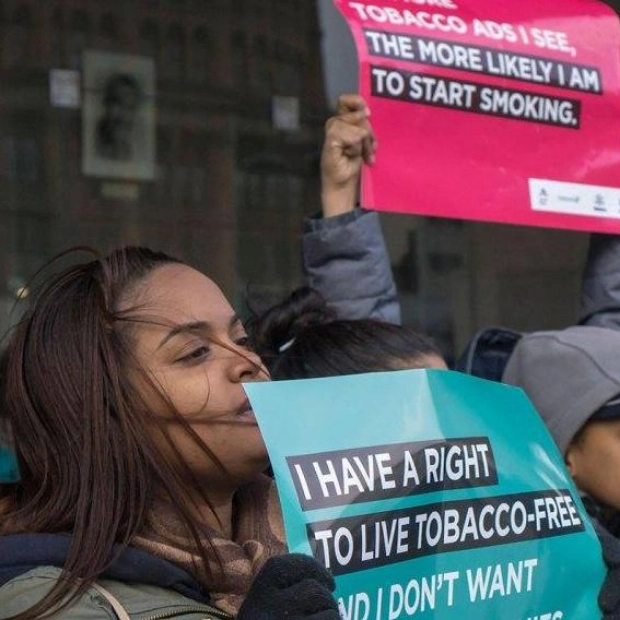The United Nations stated on Monday that the political decisions made this year will determine if the goal to end AIDS as a public health threat by 2030 can be achieved. Figures from 2023 indicate a decrease in new infections and deaths, along with improved access to treatment for HIV-positive patients. However, despite these positive trends, the Unaids agency cautioned that the progress is still precarious.
The report emphasized that the decisions made by leaders this year will be crucial in determining whether countries can meet the 2030 target of ending AIDS as a public health threat and sustain progress beyond that date. Since the AIDS epidemic began over four decades ago, it has claimed more than 42 million lives. Although AIDS-related deaths have been decreasing, from 670,000 in 2022 to 630,000 last year, the number remains alarmingly high.
Unaids chief Winnie Byanyima noted in the report that a person dies from AIDS-related causes every minute, indicating that the world is not on track to meet the ambitious 2030 goals. She highlighted that the inequalities driving the HIV pandemic are not being adequately addressed. The report also mentioned that nearly 40 million people live with HIV, with around 1.3 million new infections recorded last year, a decrease of 100,000 from 2022 and a significant 60% drop since the peak in 1995.
Despite improvements in access to antiretroviral medication, with 30.7 million people receiving treatment last year compared to just 7.7 million in 2010, it is unlikely that the world will achieve the target of reaching 34 million by next year. Byanyima stressed the need to significantly increase access and urged Gilead to allow generic manufacturing of its new antiretroviral medication Lenacapavir, which requires only two injections a year.
Eastern and southern Africa remain the most affected regions, with 20.8 million people living with HIV, 450,000 new infections, and 260,000 deaths last year. However, these regions have also seen the most progress, with a 59% drop in new infections since 2010. In contrast, infections in regions like Eastern Europe, Central Asia, and Latin America are increasing.
Byanyima warned that a major obstacle to progress is the widening funding gap. In 2023, total resources available for HIV were $19.5 billion, a 5% decrease from 2022 and $9.5 billion short of what is needed. Unaids also highlighted how stigma, discrimination, and sometimes criminalization affect certain groups, leading to higher infection rates as people are unable to seek help and treatment without risk.






